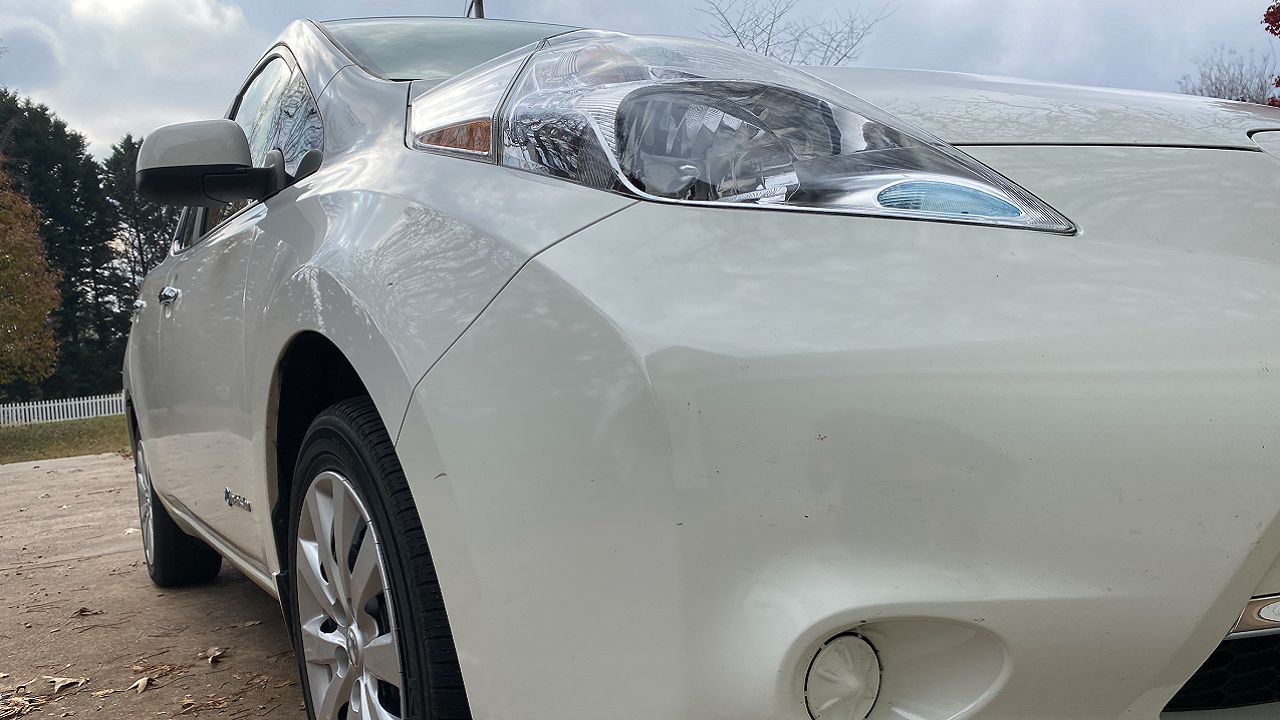Electric vehicles have a lot to offer: fewer emissions, a quieter ride and no need to fill up your tank routinely.
They are energy efficient, with some of the latest models having the ability to travel up to 370 miles on a full charge. On a standard day, that is. During the winter months, it drops just like the thermometer.
What You Need To Know
- Electric cars face some drawbacks during the winter months
- Using the heating system in the colder temperatures reduces the vehicle's range the most
- There are ways to help limit the loss of range during the winter months
- Automakers and researchers in the industry continue to look for better ways to maintain battery life
The cold winter months take a toll on all cars, electric or not. Heavily salted roadways put wear on the paint and underbody. Both fall victim to low tire pressure, and there's no technological enhancement that can help us escape that one. At least not yet, anyway.
With the goal of having more electric vehicles on the road in the years to come, the U.S. continues to give big incentives for those looking to own and operate one. Yet, many Americans are still warming up to the concept.
Adding winter to the equation only seems to magnify those concerns. And let's keep in mind that a decent amount of the population deals with some form of "winter" season.
I am a proud driver of a 2017 Ford Fusion Energi, an electric hybrid car that roughly gets about a 20-mile range on just battery power alone.
Yet, living in the Northeast, I notice a significant decrease in the battery life once the temperatures drop below 40 degrees. Lucky for me, my car doesn't solely rely on battery power alone.
According to Matthew Lum, automotive technical engineer for the American Automobile Association (AAA), driving in the cold accounts for the biggest reduction in the car’s range.
The battery is less efficient in frigid conditions. But this is not the only reason. It is also because of its management system. This prevents the battery from discharging all its capacity, helping to preserve the longevity of the battery pack itself.
However, the biggest culprit to reducing the car’s total range is by running the heating and cooling systems.
In 2019, a study by AAA examined how five different electric vehicles performed when driving in 20-degree temperatures. They found that an electric car’s range fell about 12% when driving with all heating systems turned off. In contrast, when a driver turned on the heat, the vehicle’s range fell by 41%.
The good news? There are many measures you can take to help limit range-loss during the winter months.
Lum explains that if possible, you can opt to use the heated seats instead of running the car’s heater.
Parking in a garage can also prevent the car’s cabin from becoming as cold, which reduces the demand to put the heater on full blast.
Additionally, for those heading out on a long trip, preheat the vehicle beforehand while it is still in the charger. This will help warm up the car’s interior, putting less stress on the battery.
While it is not every day that drivers face extreme situations such as the recent I-95 backup in Virginia, winter weather is notorious for causing major backups on the highways and interstates.
That said, it is critical that drivers and passengers should always prepare for the worst-case scenario before hitting the road, including the possibility of being stranded in their vehicle for an extended period.
Before taking your EV car for a spin, you’ll want to plan out your trip carefully.
Keep the desired destination well within the range the car can travel on a fully charged battery, leaving plenty of extra mileage to spare in case you encounter traffic delays and detours.
For longer trips, map out where the nearest charging stations are along your desired route. Pin which ones you plan to stop at along the way and always have a backup plan.
Most importantly, always pay close attention to the weather. If the forecast favors colder temperatures and inclement weather, please consider delaying or rescheduling your trip at a safer time.
Despite some downfalls, EVs offer a plethora of advantages. With more room to grow, there is only hope that new technological advancements will continue to expand the industry while ironing out the kinks.
Lum hopes that, “as the capacity of electric vehicle batteries continue to increase, there will be less impact on driving range in the colder temperatures.
“Industry researchers and automakers are continuing to explore new battery chemistries other than the Lithium-ion that may be less susceptible to efficiency losses with respect to temperature.”
So, while there are still ways to go in the electric car market, just remember that gas-fueled vehicles still face drawbacks as well during the winter months, and look how long they have been around.



